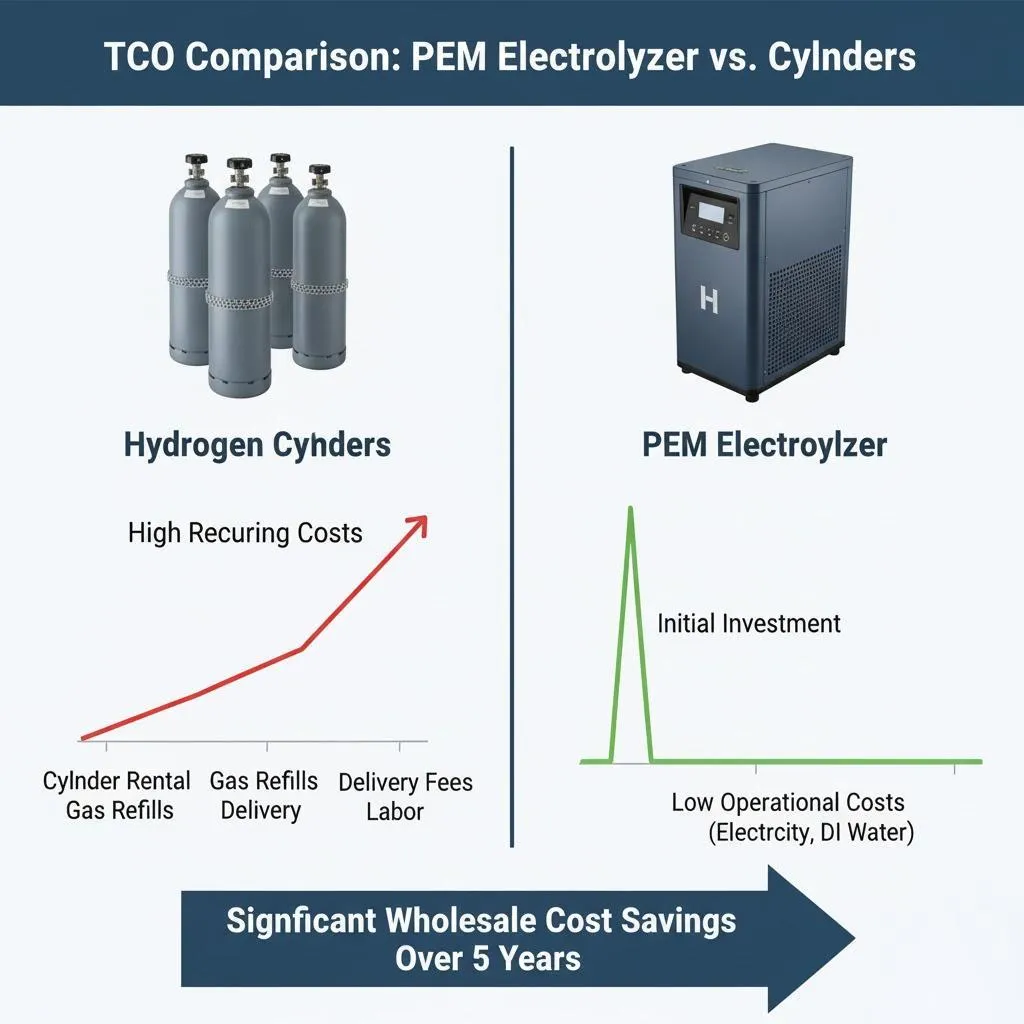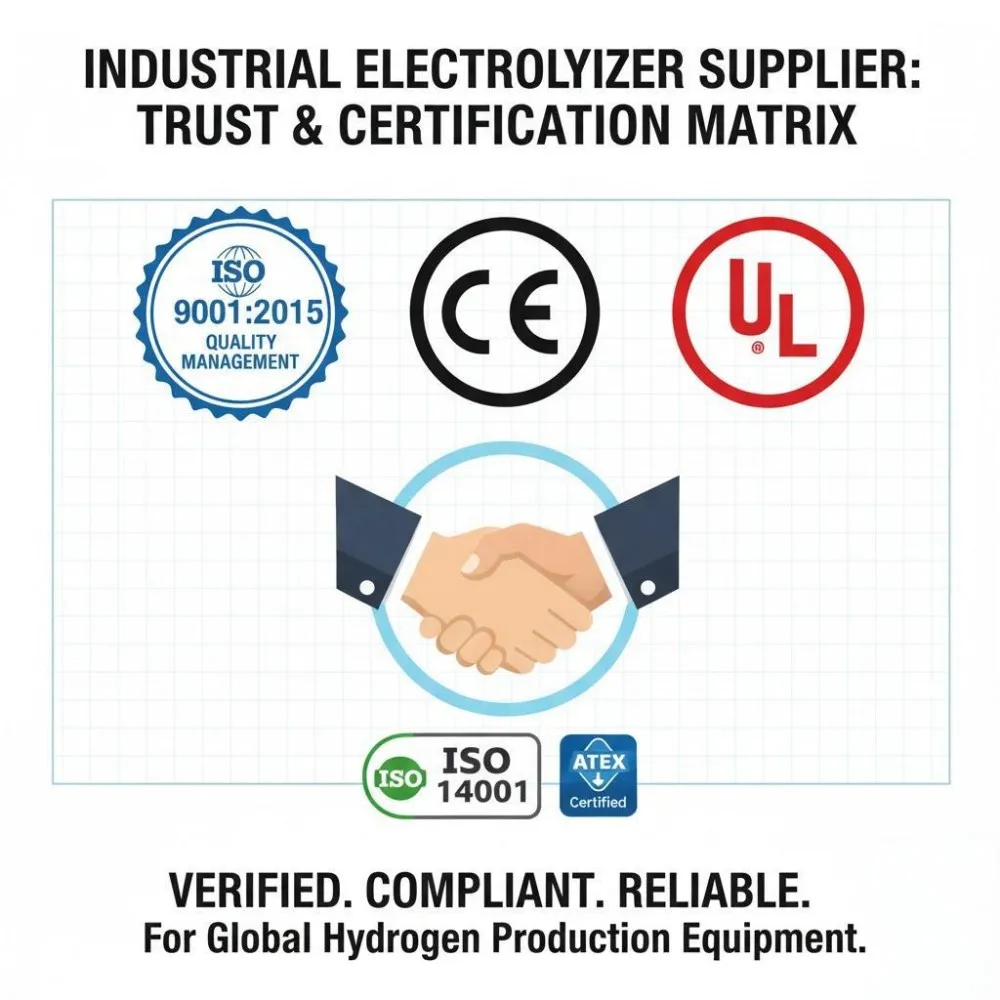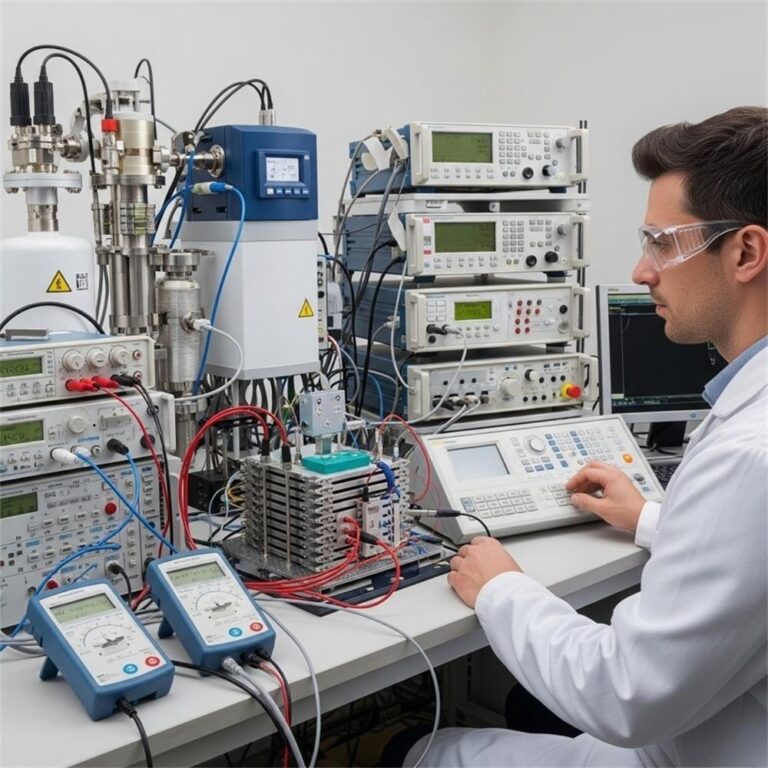Discover how laboratory hydrogen generators provide ultra-high purity hydrogen for critical research applications. Learn about PEM technology, safety protocols, and system design for reliable performance.
Introduction
In the ever-evolving landscape of scientific research, the hydrogen generator for laboratory use has emerged as a cornerstone of innovation. Laboratories across industries—from pharmaceuticals to energy to environmental science—rely increasingly on high-purity hydrogen for sensitive and precise applications. Whether powering fuel cell prototypes or acting as a carrier gas in analytical chemistry, the quality of hydrogen used directly influences outcomes.
As demand grows for clean, on-demand hydrogen, laboratory environments require not just accessibility but consistency in ultra-high purity hydrogen. In this guide, we’ll explore what makes high-purity hydrogen essential, the technologies that produce it, and how to maintain reliable hydrogen supply systems with safety and precision.

Understanding Laboratory Requirements for Hydrogen Purity
Why Do Laboratories Require Hydrogen?
Hydrogen is indispensable for many scientific applications, including:
- Gas Chromatography (GC) – As a carrier gas, hydrogen is faster and more efficient than helium.
- Fuel Cell Testing – Requires ultra-pure hydrogen to prevent catalyst poisoning.
- Material Science & Surface Studies – Sensitive experiments demand impurity-free gas environments.
- Semiconductor Research – Even trace impurities can interfere with etching and deposition processes.
What Purity Levels Are Needed?
Purity levels can range from 99.99% (4.0 grade) to 99.99999% (7.0 grade), depending on the sensitivity of the application. Here’s a quick reference table:
| Application | Recommended Purity |
|---|---|
| GC Carrier Gas | ≥ 99.999% (5.0) |
| Fuel Cell Research | ≥ 99.9999% (6.0) |
| Semiconductor Processes | ≥ 99.99999% (7.0) |
Even small traces of oxygen, moisture, or hydrocarbons can lead to degraded results, damaged equipment, or hazardous reactions.
Common Purity Standards
- ISO 14687: Specifies hydrogen quality for fuel cell applications.
- ASTM D7651: Governs hydrogen used in analytical chemistry.
- IEC 62282: Outlines standards for fuel cell technologies.
Technologies for Achieving High-Purity Hydrogen in the Lab
Proton Exchange Membrane (PEM) Electrolysis
PEM electrolysis is the most favored technology in laboratory settings due to its compact design, scalability, and capacity to deliver ultra-high purity hydrogen without extensive external purification.
How PEM Works:
- Water is split into hydrogen and oxygen using electricity.
- Hydrogen passes through a proton-conductive membrane while oxygen is released.
- The membrane prevents cross-contamination between gases.
Benefits of PEM Technology:
- Produces hydrogen with up to 99.9999% purity
- Compact and quiet, ideal for labs
- On-demand production with minimal waste
- Environmentally friendly (zero emissions when powered by renewable electricity)
Other Technologies in Comparison
| Technology | Purity Level | Pros | Cons |
|---|---|---|---|
| Alkaline Electrolysis | Up to 99.9% | Low cost | Lower purity, slower response time |
| Steam Methane Reforming (SMR) | 95–99% | Industrial scale | High CO₂ emissions, not lab-friendly |
Advanced Purification Methods
To further refine hydrogen purity, many labs integrate:
- Pressure Swing Adsorption (PSA) – Removes residual gases like CO₂ and CH₄.
- De-oxo Catalysts – Remove trace oxygen through catalytic recombination.
- Molecular Sieves – Trap moisture and hydrocarbons.
- Palladium Membranes – Allow only hydrogen to pass, achieving near-absolute purity.
These methods are often used in combination for multi-stage purification systems.
Key System Design Considerations for High-Purity Hydrogen Generators
When selecting or designing a hydrogen generator for laboratory, consider:
Material Selection
- Use corrosion-resistant, inert materials (e.g., Teflon, stainless steel 316L) to prevent outgassing or contamination.
System Layout
- Minimize dead zones where impurities can accumulate.
- Design flow paths for easy cleaning and reduced maintenance.
Integrated Controls
Modern systems include:
- Real-time gas purity sensors
- Automated shutdown upon impurity detection
- Remote data logging and diagnostics for performance analysis
Scalability & Modularity
Choose systems that grow with your lab’s needs. Modular designs allow you to:
- Add generation capacity
- Upgrade purification stages
- Integrate automation protocols
Safety Protocols for Laboratory Hydrogen Generators
Hydrogen, though clean and efficient, is highly flammable. Safe operation requires:
Leak Detection & Prevention
- Routine checks using hydrogen-specific leak detectors
- Sealed tubing and valves to reduce exposure
Ventilation
Ensure proper ventilation systems or fume hoods to prevent gas buildup in enclosed areas.
Emergency Procedures
- Clearly marked shutoff valves
- Fail-safe systems triggered by gas alarms
- Easily accessible emergency exits
Training & Certification
- All personnel must undergo hydrogen safety training.
- Use of PPE (personal protective equipment) during handling.
Regulatory Compliance
Follow guidelines from:
- OSHA (Occupational Safety and Health Administration)
- NFPA 55: Compressed Gases and Cryogenic Fluids Code
- ISO/IEC standards applicable to gas generation
Maintenance and Troubleshooting of High-Purity Hydrogen Generators
Routine Maintenance Tasks
- Replace filters and desiccants as scheduled
- Inspect PEM membranes for fouling
- Monitor flow rates and check for any inconsistencies
Troubleshooting Common Issues
| Issue | Possible Cause | Solution |
|---|---|---|
| Low purity | Contaminated filters or membrane | Replace filters, inspect seals |
| Flow rate drop | Tubing blockage or pressure fault | Clean tubing, check sensors |
| System alarms | Sensor miscalibration | Recalibrate or replace sensors |
Preventative Maintenance
Establishing a PM schedule ensures consistent performance and extends system life. Partnering with the equipment supplier for scheduled service is often the most efficient path.
Conclusion
In conclusion, a hydrogen generator for laboratory use is more than a convenience—it’s a critical tool for delivering high purity hydrogen that underpins the accuracy, safety, and reliability of modern research. From advanced PEM electrolysis to smart system design and rigorous safety protocols, each element contributes to an effective hydrogen supply strategy.
For laboratories seeking cutting-edge performance and minimal downtime, choosing the right system means evaluating purity requirements, scalability, and maintenance needs. When in doubt, consult with a trusted hydrogen generation specialist who can tailor a system to your specific needs.
FAQs
1. What is the purity level typically offered by lab hydrogen generators?
Most advanced systems offer 99.999% (5.0) to 99.9999% (6.0) purity, suitable for analytical and fuel cell applications.
2. Is PEM electrolysis better than alkaline for labs?
Yes, PEM is preferred due to higher purity, faster startup, and a smaller footprint.
3. How often should hydrogen generators be serviced?
Every 6–12 months, depending on usage and manufacturer guidelines.
4. Can a hydrogen generator completely replace bottled hydrogen?
Yes, many labs switch to generators for safety, cost, and continuous supply benefits.
5. Are hydrogen generators safe for small labs?
With proper ventilation and safety features, they are safe even for compact environments.
6. What standards must hydrogen purity meet for fuel cells?
ISO 14687 defines purity levels, requiring minimal oxygen, moisture, and hydrocarbon contaminants.







